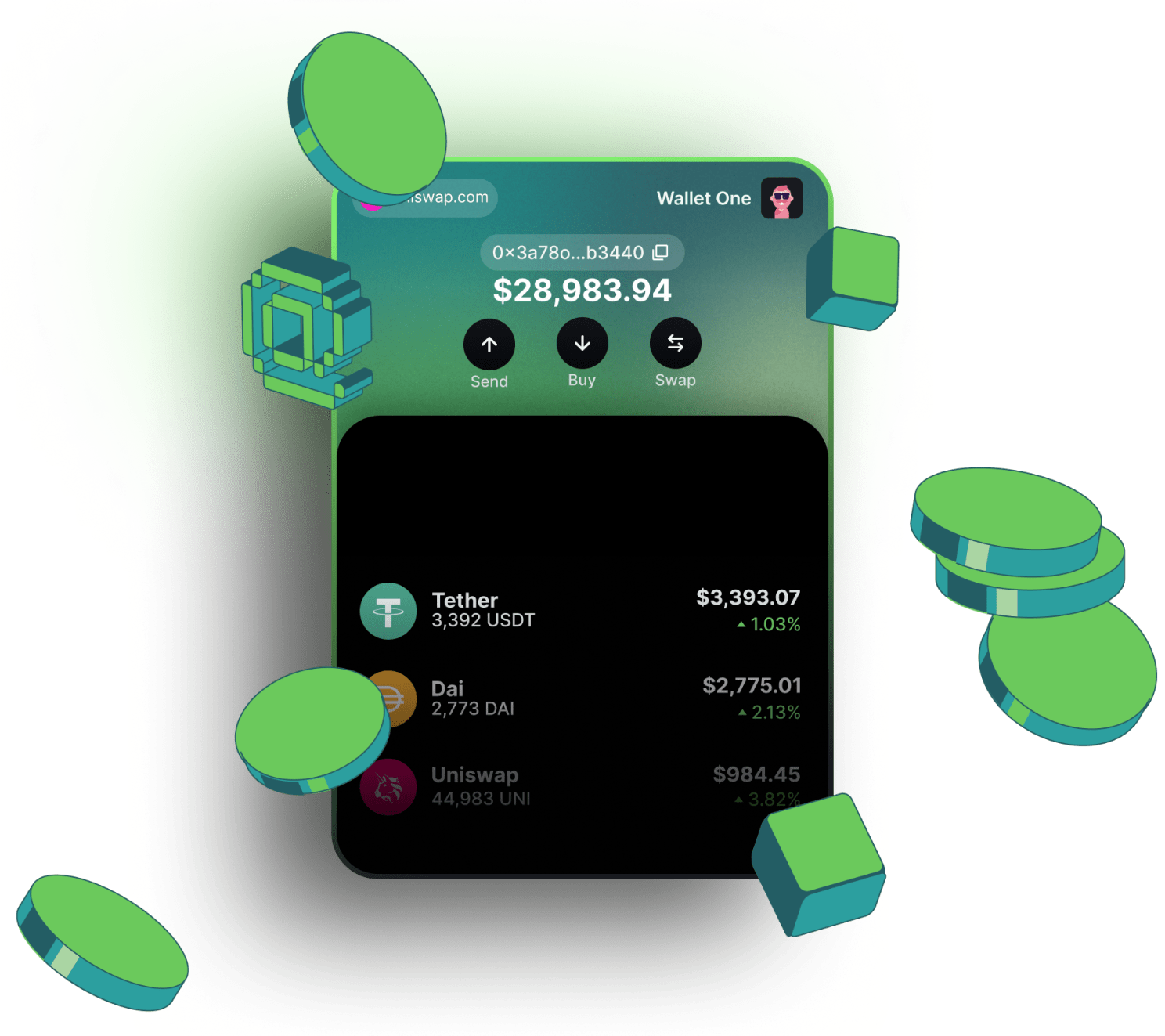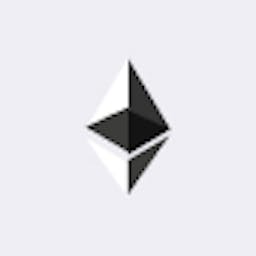Wigwam is the best  Unichain blockchain crypto wallet
Unichain blockchain crypto wallet

Why choose the Wigwam crypto app?
Work with Unichain Testnets and Mainet
Buy Unichain tokens, including native token, by using a credit card
Swap Unichain-based tokens directly in the wallet
Possibility to connect the wallet to all Unichain blockchain dAps: DeFi, DAO, Gamings, etc
How to get a Unichain address in Wigwam web wallet
Create a wallet in Wigwam
Choose a Unichain network from the dropdown menu
Copy you Unichain address
Review of Unichain Blockchain
Introduction
Unichain is a Layer 2 blockchain developed by Uniswap Labs with the goal of becoming the core hub for DeFi and liquidity. Built on the Optimism OP Stack, it is part of the Optimism Superchain, enabling native interoperability with other chains in the ecosystem. Its mission is to solve challenges such as high fees, liquidity fragmentation, and slow transaction confirmation, while remaining fully compatible with Ethereum’s existing infrastructure.
Performance and Speed
Unichain delivers significant improvements in transaction throughput. At launch, it offered block times of one second, already much faster than Ethereum’s mainnet. The roadmap goes further with “sub-blocks” of 200 milliseconds, allowing near-instant confirmation. Alongside speed, Unichain reduces gas fees by up to 95 percent, giving users a much more efficient experience.
Security and Integrity
The network launched as a Stage 1 rollup, which means fraud-proof systems are permissionless. Anyone can submit fraud proofs to detect malicious activity, keeping the system secure. Trusted Execution Environments (TEEs) are also used for block building and sequencing, reducing the impact of MEV and ensuring fairness in transaction ordering. In the long term, the chain aims to decentralize further with validator networks that verify blocks and enhance resilience.
Interoperability and Liquidity
A defining feature of Unichain is its native interoperability with other OP Stack-based chains in the Superchain. This allows seamless cross-chain transactions within a single block. By enabling liquidity to move freely across networks, Unichain helps solve the issue of fragmented liquidity in DeFi. The network also supports standards like ERC-7683, enabling cross-chain intents so users can request actions without managing execution steps themselves.
Developer Experience
Unichain is fully EVM-equivalent, which makes it easy for developers to migrate or deploy smart contracts. Solidity projects can be ported with no changes, and existing Ethereum tools and frameworks are compatible out of the box. This ease of development is supported by strong documentation and infrastructure, lowering the barrier for builders to innovate on Unichain.
Ecosystem and Adoption
Even in its early stages, Unichain has shown impressive adoption. During testnet, it processed tens of millions of transactions and millions of smart contract deployments. Many prominent DeFi projects are already building on it, including Uniswap itself. This strong early support positions Unichain as a central player in the growing Layer 2 landscape.
Governance and Community
Unichain is closely tied to the Uniswap ecosystem, and in the future, its governance may involve UNI token holders more directly. Potential revenue distribution from sequencers and incentive models may be introduced, creating stronger alignment between the network, its users, and its community.
Conclusion
Unichain is a fast, secure, and highly interoperable blockchain purpose-built for DeFi. With near-perfect EVM compatibility, low transaction costs, and strong early adoption, it is well-positioned to become a leading network for liquidity and financial applications. While it is still early in its journey and must continue to evolve in governance and decentralization, Unichain’s foundation is robust and its prospects are very promising.
Unichain blockchain FAQ
The gas token for Unichain is ETH. Since Unichain is an Ethereum Layer 2 built on the OP Stack, it uses ETH for paying transaction fees, just like the Ethereum mainnet.
You can track your wallet activities through supported blockchain explorers for Unichain. These explorers let you view transactions, balances, and contract interactions in real time. Many wallets also include built-in activity tabs that display your Unichain transactions.
Popular Ethereum-compatible wallets like Wigwam, MetaMask, Enkrypt, Coinbase Wallet, and Rabby work well with Unichain because it is fully EVM-equivalent. Hardware wallets such as Ledger or Trezor can also be connected through these software wallets for enhanced security.
- Open MetaMask and go to Settings → Networks → Add Network.
- Enter Unichain’s RPC details (available in Unichain’s official documentation).
- Save the configuration.
- Switch to Unichain in your wallet to start using it.
Uniswap itself is the flagship project on Unichain, alongside other major DeFi protocols like Lido, Circle, Morpho, and Coinbase integrations. More DeFi applications are rapidly deploying on the chain, expanding its ecosystem.
Unichain launched with 1-second block times and is upgrading to 200-millisecond sub-blocks, making transactions nearly instant.
Fees on Unichain are up to 95 percent lower than on the Ethereum mainnet, making it highly cost-effective for users and developers.
Yes, you can transfer tokens to Unichain using the Unichain Bridge or supported third-party bridging apps. Popular tokens like ETH and stETH are already supported.
Unichain is specifically built for DeFi and liquidity unification, with native interoperability across the Optimism Superchain, ultra-fast block times, and backing from Uniswap Labs. This focus sets it apart from general-purpose Layer 2s.


